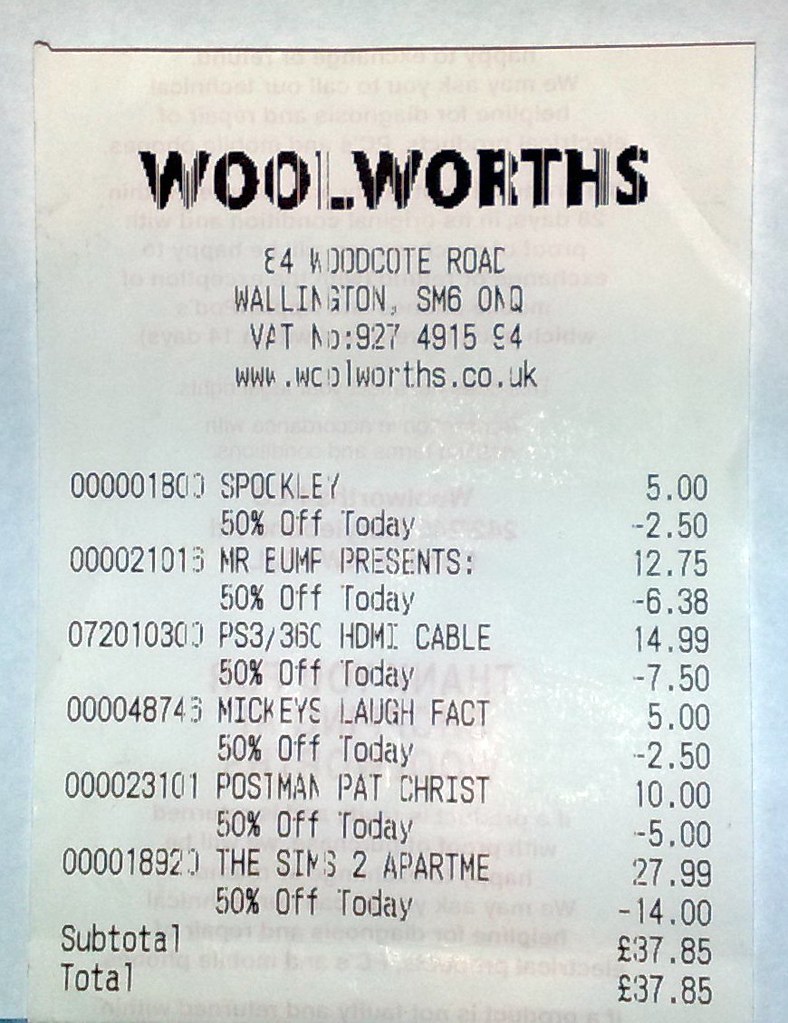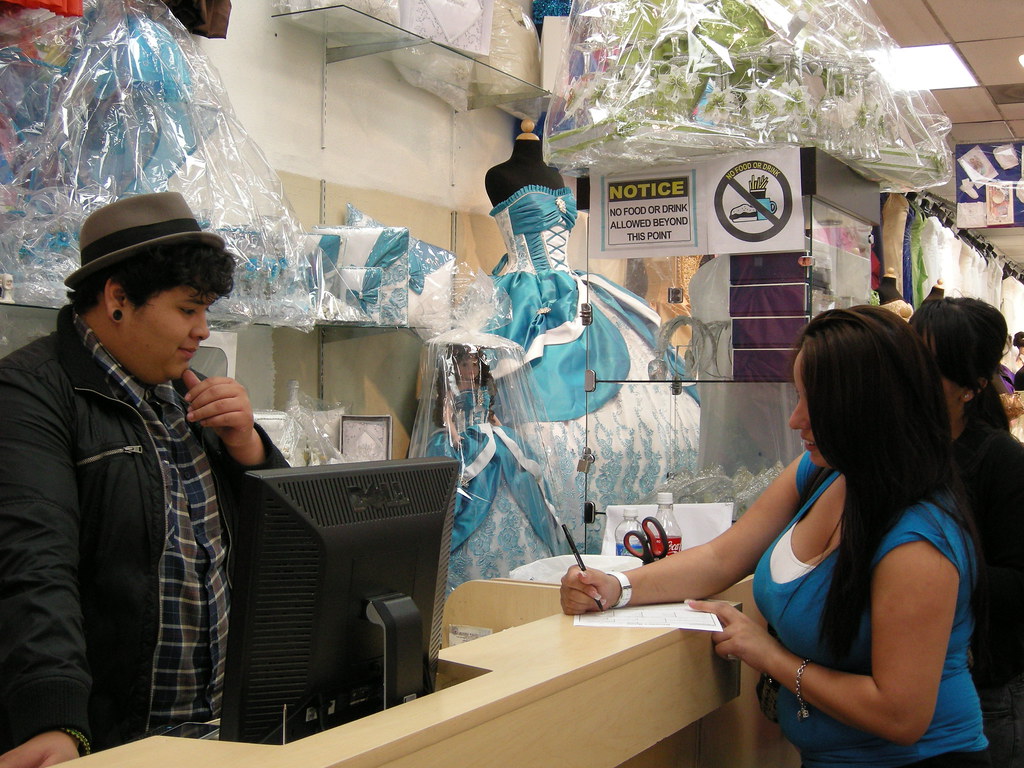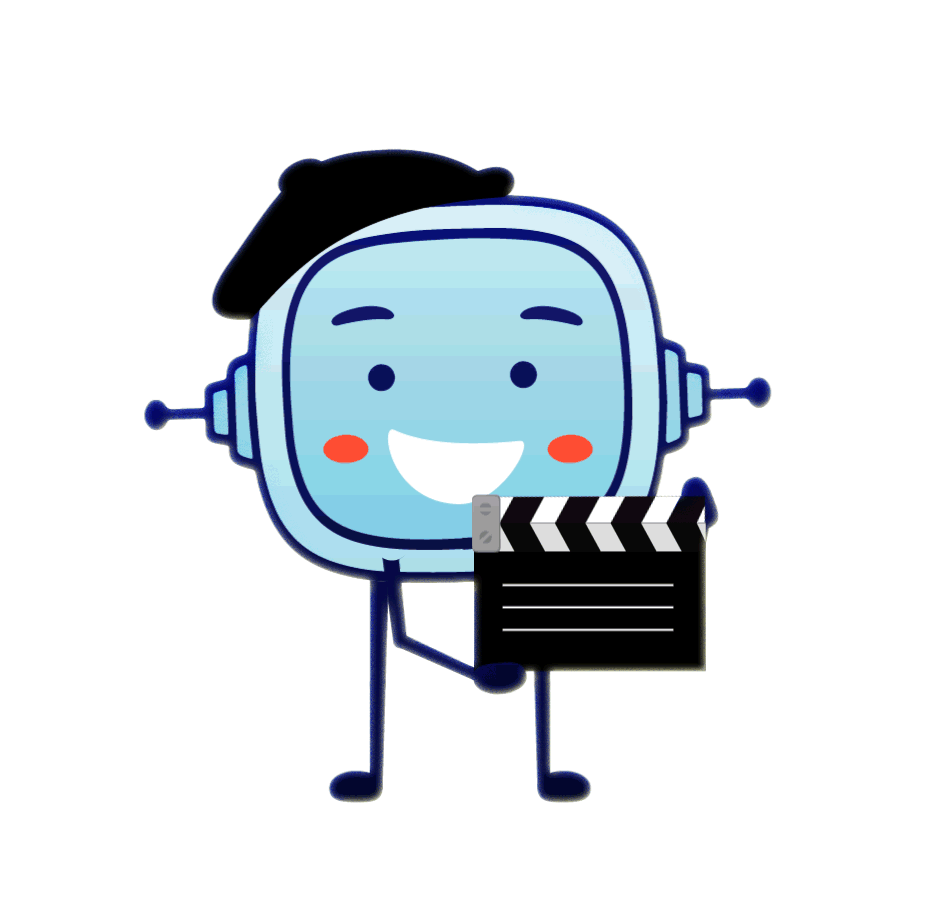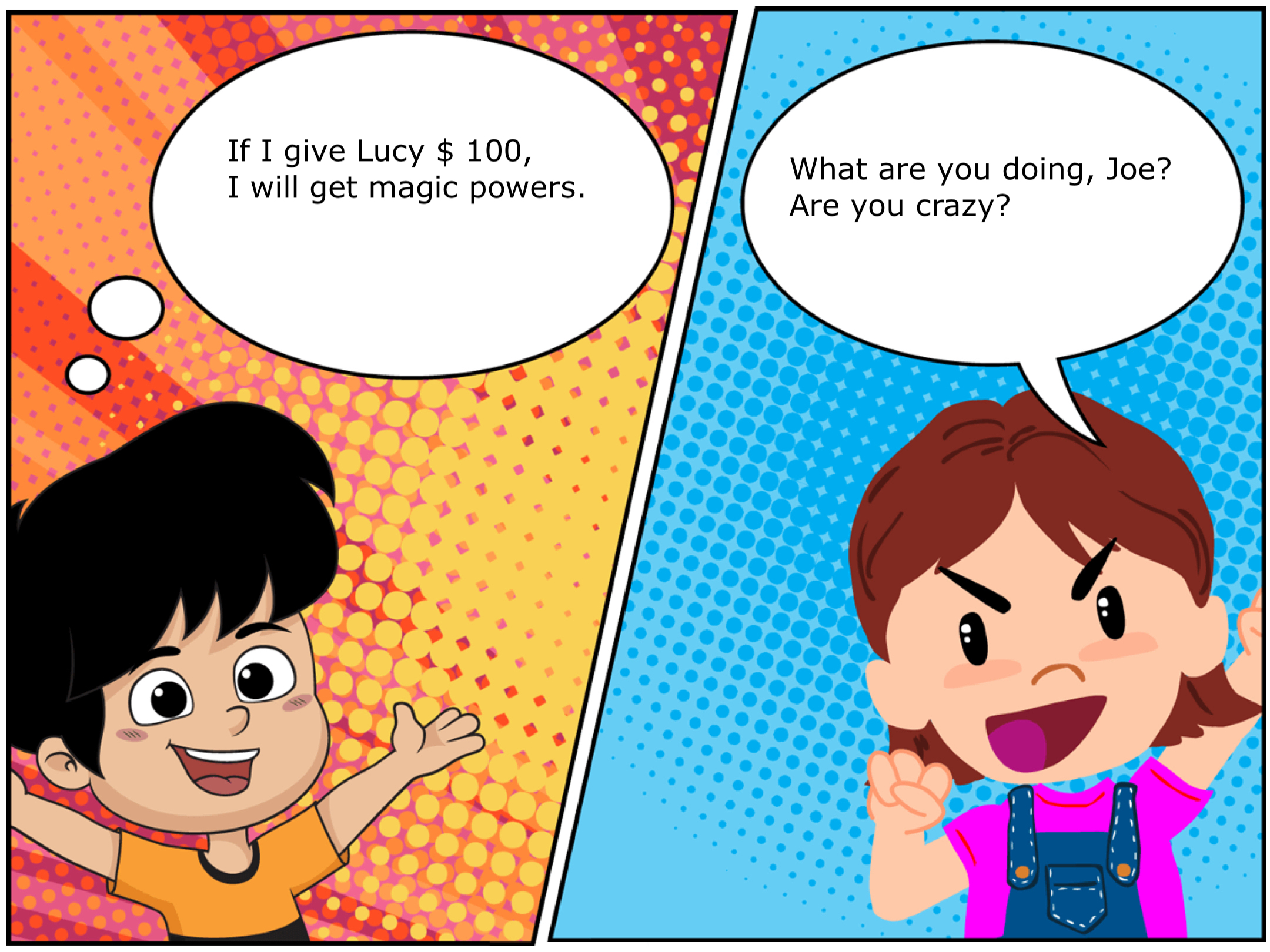Listen carefully and watch the presentation.
Presentation
Text
SLIDE 1:
A micro-theatre play has become trendier because of its connection to our modern times. When we compare it with a long-running theatrical play, the attributes (costumes, stage design and so on) are usually more minimalist, the show is shorter (not surpassing 20 minutes), and there are only two or three actors on stage. The micro theatre play can also be adapted to any space.
SLIDE 2:
Feature 1. A micro theatre play is often based on emotions. Taking this into account and the fact that it takes place in a small room often involves an emotional connection between the audience and the actors.
Feature 2. Micro theatre plays are lively and full of energy and fun. The normal is to follow the script, but there is also room for improvisation. Sometimes actors move around, offering different positions or points of view.
SLIDE 3:
The challenge is a story that captures the attention of the audience from the very beginning.
SLIDE 4:
FIRST THE STORY THEN THE SCRIPT
Step 1: create the story.
Choose the topic for your story. It may focus on courage, friendship, love, stereotyping people, teenage rights, bullying, drugs and so on.
Step 2: identify the characters.
Imagine the characters’ physical appearance, the way they talk, the way they behave or the way they get dressed.
Step 3: write the script.
Start with the introduction of the scene, slide number 5 gives you an example.
The narrative technique that we use for the script is the dialogue. Slide number 6 offers you an example.
SLIDE 5
Here you have an example of an introduction of a scene:
“She was a very shy girl who lived in the countryside”
You represent the scene with a girl and a humble farm in the background.
“She enjoyed reading books”
You represent the girl sitting on a rock with a book in her hands.
In this way you are imagining and writing the ideas that come up.
SLIDE 6
If, for example, the story starts with “Jessy is daydreaming and does not listen to her friend Karen” in the script it will be reflected as:
KAREN says: Jess, are you okay? I’ve been calling your name for like 5 minutes.
JESSICA answers: Yeah, fine. Just, I don’t know, distracted. Daydreaming, I guess.
KAREN continues: Whatever you were daydreaming about was a lot more interesting than the math project we have to do.
JESSICA (nods, rubbing her forehead as a headache is coming on and says) Right, just write down what you want me to do.
KAREN (places the project on the edge of the desk and says) Here you are.
From this example we learn that in a script we write the name of the character in capital letters followed by what he or she is saying. In brackets, you write the information about the delivery of the dialogue. This provides information for actors as to how to say lines, or for the audience as to what parts of the scene look or sound like. We use the third person singular and the present tense to express this information.
SLIDE 7:
Once we have the topic and the story outline, (what is going to happen), we create the characters and draw them into the story. In other words, we decide what their role will be in the story.
Therefore, it may help to give an answer to these questions: how is he/ she? What is his/ her role? Why do they act in one way or another?
Next, we start writing the dialogue and finally we choose the title. It is easier to add the title once you have finished the script. The title does not have to be related to the topic, it may also be related to the place where the story takes place or to the characters. When you have finished the writing, it is a good idea to ask your family, friends or teacher to read it. Their comments will help you to improve it.
SLIDE 8:
A plot is a sequence of events within a play that tells a story. Essentially, a plot is what makes a story. Five components make up a plot: the introduction, the rising action, the climax, the falling action, and the resolution.
The Introduction exposes the setting, the characters, and the story's primary conflict. It creates a sense of place; it explains what we are looking at, what we are hearing, what we are seeing.
The conflict and topic help drive the plot forward in this order; rising action, climax, falling action, and resolution. One or more events develop the conflict which leads to a rising action and eventually to the climax. The climax takes place when the central conflict reaches the highest point of emotional intensity. Once we reach the climax, the conflict turns towards conclusion and we have a falling action and eventually the resolution. The resolution is the end of the story when you learn what happens to the characters after the conflict is resolved.
SLIDE 9:
Let’s start rehearsing to get ready to go on stage:
Read the script.
Divide the roles.
Learn the dialogue and rehearse.
Choose the costumes.
Each actor interprets his or her role and writes down their actions, that is to say a script of actions.
SLIDE 10
All the best! Break a leg! Leave it all on stage!






